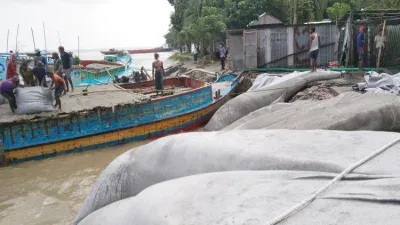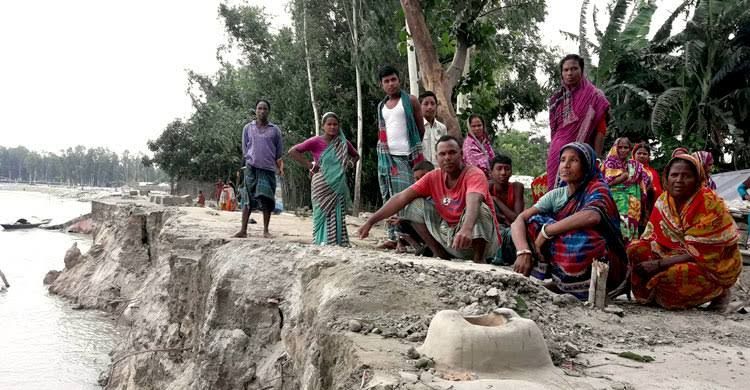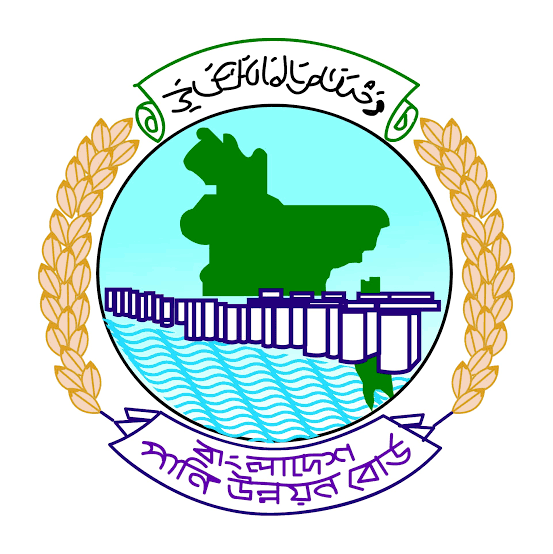
Bismillaher Rahmanir Rahim.
Assalamu Alaikum Wa Rahmatullahi Wa Barakatuhu
Dear Companions Today I want to share with you some words about the evils of killing foetuses.Welcom to this post and congratulations to all.
Discuss in detail the role of Water Development Board to save the country from the hands of its rivers and how it can be saved
The role of the Water Development Board is crucial in managing and controlling the waterways of a country, especially in regions where rivers play a dominant role in shaping the landscape, economy, and lives of its citizens. Rivers can be both a boon and a bane, depending on how well they are managed. This makes the role of institutions like the Water Development Board (WDB) vital in mitigating flood risks, preventing river erosion, managing water resources, and ensuring sustainable development. In this detailed discussion, we will explore the role of the Water Development Board in saving a country from the challenges posed by its rivers and suggest methods to enhance its effectiveness.
The Role of the Water Development Board
The Water Development Board is generally tasked with managing water resources in a way that maximizes benefits and minimizes risks for people, industries, and ecosystems. Its primary roles can be outlined as follows:
- Flood Management and Control
Rivers are known for their potential to cause devastating floods, especially during monsoon seasons. Floods can lead to immense loss of life, destruction of property, and severe damage to infrastructure. The Water Development Board plays a key role in the following areas:
Construction of Flood Embankments: Building and maintaining embankments along rivers to prevent floodwaters from inundating nearby areas.
Flood Forecasting and Early Warning Systems: Implementing advanced technologies for flood forecasting and issuing timely warnings to help communities take preventive measures.
Operation of Reservoirs and Dams: Managing reservoirs and dams to regulate river flows, control floods, and reduce the risk of downstream flooding.
- Riverbank Erosion Control
Riverbank erosion is a major problem that leads to the loss of fertile land, displacement of communities, and destruction of infrastructure. The Water Development Board is responsible for developing and implementing strategies to combat erosion:
Structural Interventions: Constructing revetments, groynes, and spurs to stabilize riverbanks and reduce the velocity of water, thereby preventing erosion.
Bioengineering Solutions: Using vegetation and other natural materials to reinforce riverbanks, which helps in providing a more sustainable and eco-friendly solution to erosion.
Regular Monitoring: Keeping a close watch on erosion-prone areas and taking preventive measures before the situation worsens.
- Integrated Water Resource Management (IWRM)
The Water Development Board plays a significant role in the holistic management of water resources to ensure their sustainable use for various purposes, including irrigation, drinking water, industrial use, and power generation:
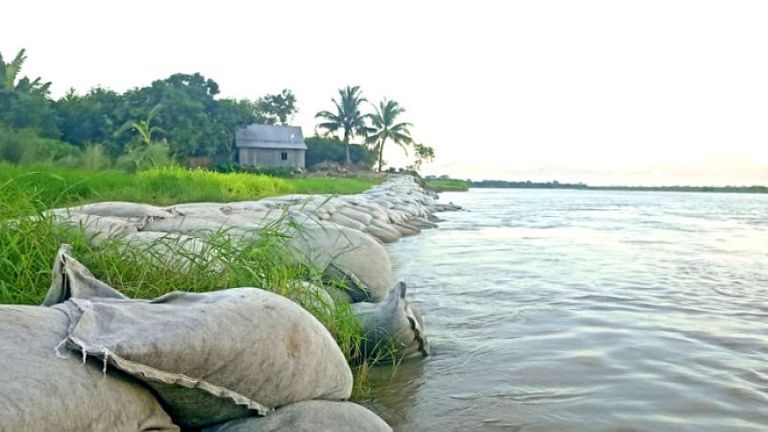
source
Water Allocation: Ensuring that water resources are distributed equitably among different sectors, including agriculture, industry, and domestic use, to avoid conflicts and over-exploitation.
Water Quality Management: Monitoring and controlling the pollution levels in rivers to maintain the quality of water, which is vital for both human health and aquatic ecosystems.
Groundwater Recharge and Management: Promoting practices that help recharge groundwater levels to ensure a sustainable water supply for future generations.
- Climate Change Adaptation
With climate change leading to unpredictable weather patterns, the Water Development Board is tasked with developing adaptive strategies to mitigate its impact on water resources:
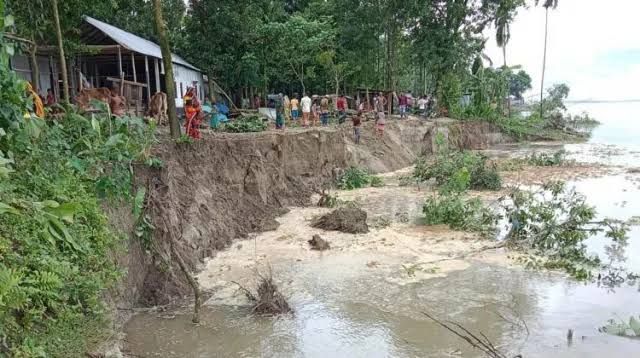
source
Building Resilient Infrastructure: Constructing infrastructure that can withstand extreme weather conditions, such as floods and droughts, caused by climate change.
Adaptive Planning: Incorporating climate change projections into water management plans to prepare for future challenges.
Disaster Preparedness: Implementing disaster risk reduction strategies that focus on community awareness and preparedness for climate-related water events.
- Irrigation Development and Management
Agriculture is highly dependent on the availability of water, and irrigation plays a critical role in enhancing agricultural productivity. The Water Development Board is actively involved in:
Developing Irrigation Systems: Building canals, channels, and other irrigation infrastructure to distribute water efficiently to agricultural fields.
Modernizing Irrigation Techniques: Promoting the use of modern irrigation technologies like drip and sprinkler systems to minimize water wastage.
Water Conservation Practices: Encouraging farmers to adopt water-efficient practices to optimize the use of available water resources.
Strategies to Enhance the Role of the Water Development Board
To improve its effectiveness in managing the challenges posed by rivers, the Water Development Board needs to adopt a multi-faceted approach. Here are some strategies that can be implemented:
- Leveraging Technology
Utilizing modern technology can significantly enhance the Water Development Board's ability to predict, monitor, and manage water-related issues:
Geographic Information Systems (GIS): GIS technology can be used to map and monitor river systems, identify flood-prone areas, and plan for erosion control measures.
Remote Sensing: Satellite imagery and remote sensing data can provide real-time information on river conditions, helping in making quick and informed decisions.
Automation in Water Management: Automated systems for controlling dam operations and floodgates can lead to better regulation of river flows and more efficient water distribution.
- Community Engagement and Awareness
Raising awareness among local communities about water conservation, flood preparedness, and sustainable land use practices is essential for effective water management:

source
Public Participation: Engaging local communities in decision-making processes ensures that their needs and concerns are addressed, leading to more successful water management strategies.
Training and Capacity Building: Conducting training programs for communities on how to respond to flood warnings, protect their properties, and use water resources wisely.
- Strengthening Institutional Capacity
The effectiveness of the Water Development Board depends on its institutional strength and ability to implement policies:
Capacity Building: Investing in the training of personnel to improve their technical skills and knowledge in modern water management practices.
Inter-Agency Collaboration: Collaborating with other government bodies, NGOs, and international organizations to share resources, expertise, and best practices.
Funding and Resource Allocation: Securing adequate funding for infrastructure projects, research, and technological advancements to ensure that the Water Development Board can meet its goals.
- Sustainable Development Practices
Incorporating sustainable practices into water resource management is crucial for long-term success:
Ecosystem Restoration: Focusing on restoring natural ecosystems, such as wetlands and river basins, which play a crucial role in flood control and maintaining water quality.
Promoting Eco-Friendly Solutions: Encouraging the use of natural and low-cost solutions, such as planting trees along riverbanks, which can prevent soil erosion and provide a habitat for wildlife.
Integrated Planning: Ensuring that urban development and industrial activities are planned in a way that does not harm the river ecosystems or increase the risk of floods.
source
The role of the Water Development Board is indispensable in saving a country from the challenges posed by its rivers. By focusing on flood management, erosion control, sustainable water use, climate adaptation, and community engagement, the Board can significantly reduce the risks and harness the benefits that rivers offer. Strengthening its institutional capacity, adopting modern technologies, and promoting sustainable practices are crucial steps towards a future where the country can coexist harmoniously with its rivers. With the right strategies and resources in place, the Water Development Board can lead the way in transforming the threat of rivers into an opportunity for sustainable growth and development.
